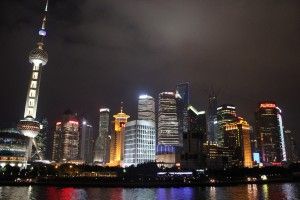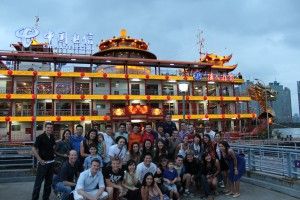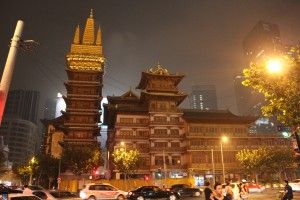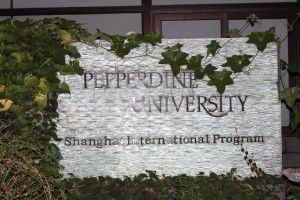Sunday, September 9, 2012

When we first landed at Pudong airport in Shanghai I was struck by the greenery and beauty of the land. I had expected flashing lights and the gray scale of concrete to characterize the most populous city in the world, but instead I was greeted by a wonderland of green plants the bright colors of traditional architecture.
Before I begin to describe my experiences I want to pass on some basic facts about the city and it’s history. Shanghai is located on the Eastern Coast of mainland China. It encompasses roughly 6340 square kilometers and it clocks in as the most populous city in the world with slightly more than 17 million people. Shanghai is widely accepted as one of China’s most diverse and cosmopolitan cities. Throughout history various European nations have colonized sections of Shanghai. Though the land has been completely returned to Chinese rule, foreign influence has remained strong. It’s common to see a French style manor next to a traditional Buddhist temple next to a modern skyscraper.

In addition to being a cultural melting pot, Shanghai is a unique combination of the old and new world architecture. The city is bisected by the Huangpu River, which serves as a natural division for the districts. The Eastern side is called Puxi. It is the historic side of the river. Puxi encompasses many of the old European colonies, such as the French concession. Meanwhile the western side of the Huangpu is called Pudong. Up until the 1990’s it was just fields and homes but now it has one of the most impressive cityscapes in the world. The Oriental Pearl Tower is probably the most iconic part of this skyline. At 1535 feet, the space age Eiffel tower is difficult to miss. I have yet to decide which side of the city is my favorite. They each represent a unique part of Chinese culture and history.

It seems like we’ve been here for far longer than a week. Already the city is beginning to feel more like home. As I mentioned before, my first impression of the city was how beautiful it is. I expected to find more concrete, grime, and decay. Yet instead the warm, damp weather allows for the city to be ensconced by greenery. I don’t know whether or not it will remain this way in to the cold winter months, but for now it’s lovely.
I have also become fascinated by the diverse architecture. Each section of the city has something unique to offer. I’ve become somewhat obsessed with the Jing’ an temple. It’s a traditional Buddhist temple, built in 1216, complete with ornate red and gold scrollwork. I have yet to go inside, but I’ve gotten a glimpse through the oversized wooden doors as monks and tourists scurried in. There are massive statues and places to burn incense. Everything is painted a lavish red and trimmed in ornate gold. Probably the most notable feature of the temple is it’s massive scale. I can’t wait to tour the temple with my humanities 251 class (Enriching the International Experience). It’s also worth noting that a massive modern shopping mall has been built around the majority of the temple and a major subway station is right underneath. Just another example of how the new and the old combine in Shanghai.
Well that’s all for now. More from Shanghai soon! Zai jian!




